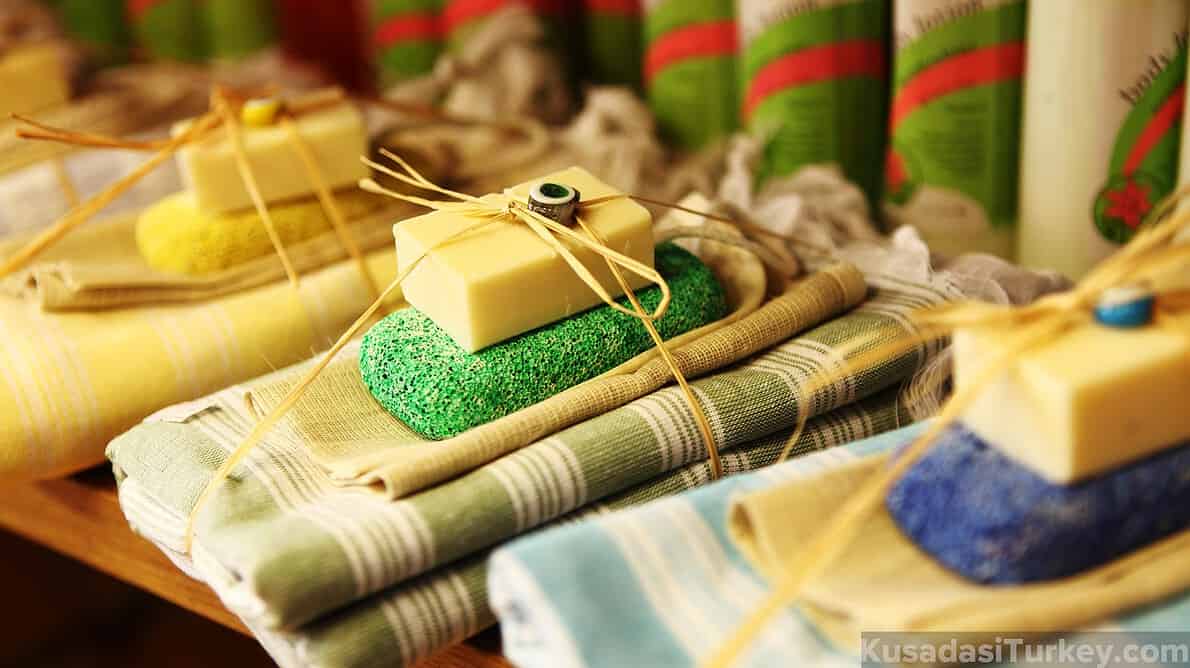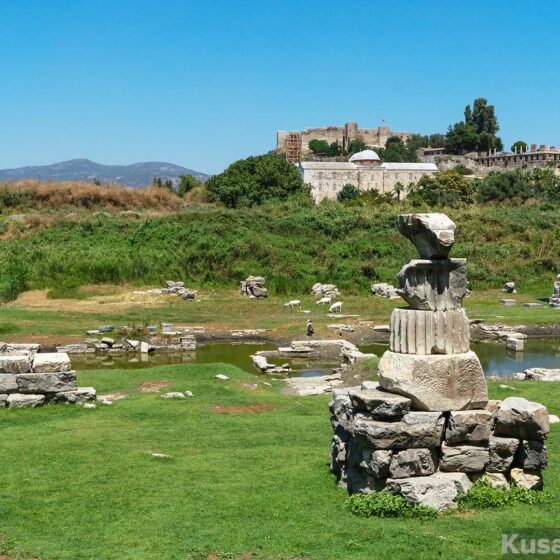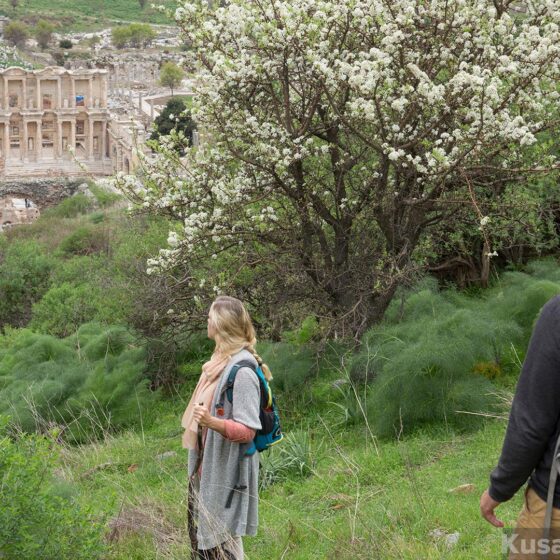Table of Contents Show
A journey to Turkey would be incomplete without experiencing the tradition and tranquillity of a Turkish bath, known as a ‘hammam.’ The Hamam is an integral part of Turkish culture, an ancient ritual dating back to the Roman and Byzantine eras. As you prepare to step into this world of soothing warmth and rejuvenation, let’s delve into the etiquette and essential information about the Turkish bath.
What is a Hammam?
A hamam is a public bathing space inspired by the Romans and perfected by the Ottomans. These baths typically include a ‘hot room’ for steam bathing and massage, a ‘warm room’ for washing with soap and water, and a ‘cool room’ for resting and cooling down. Hamams serve as both social meeting places and spaces for ceremonial cleansing and relaxation.
The Hamam Experience
Upon entering a hammam, you’re handed a ‘pestemal’ (a traditional cotton wrap) and ‘nalın’ (wooden clogs). You’ll begin in the hot room, with its heated marble slab, where you’ll sweat out toxins. A professional masseur, known as a ‘tellak,’ then exfoliates your body with a ‘kese’ (bath glove). This is followed by a soothing soap massage, after which you’ll rinse and move to the cool room for a period of relaxation.

Turkish Bath Etiquette
Navigating a hamam requires understanding certain etiquettes. Here are some crucial points:
- Gender-Specific Spaces: Most hamams have separate sections for men and women. Some modern hamams are unisex but offer different timings for each gender. Ensure you check this beforehand.
- Respect Privacy: While nudity isn’t strictly taboo in a hamam, modesty is valued. Use the pestemal to cover yourself. Undergarments can be worn but bear in mind they’ll get wet and soapy.
- Speak Softly: Hamams are places of relaxation. Maintain a quiet demeanour to respect others.
- Tipping: It’s customary to tip the tellak around 10-20% of the bath cost if you’re satisfied with the service.
Choosing the Right Hamam
From opulent historical baths to simpler local establishments, Turkey has a wide range of hamams. Some famous ones include the Çemberlitaş Hamam in Istanbul and the Şehzade Hamamı in Cappadocia. Research the best fit for your preferences and budget.

Health Considerations
Hamams are generally safe and beneficial for health, promoting improved circulation, skin health, and relaxation. However, if you have specific health conditions like high blood pressure or are pregnant, it’s advisable to consult with your doctor before visiting a hamam.
A visit to a Turkish bath offers a unique insight into a timeless Turkish tradition. It’s a soothing journey of warmth, steam, and gentle touch that detoxifies your body and nourishes your spirit. Just remember to follow the local customs and etiquette to ensure a memorable experience.
Last updated on February 14, 2024



